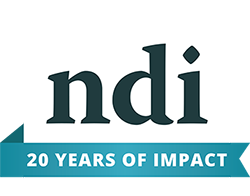The Federal Deposit Insurance Corporation (FDIC) has released new data from its National Survey of Unbanked and Underbanked Households.
The survey – which began in 2009 and occurs every other year in partnership with the U.S. Census Bureau – “provides detailed national, state, and local data to inform understanding of access to banking and to support economic inclusion efforts.” The survey identifies how many U.S. households are unbanked, which refers to households in which no one has a bank account. It also evaluates the number of households that are underbanked, which means that household members have a bank account but use options outside of the banking system to meet their transaction or credit needs.
This year, FDIC reported that the share of U.S. households without a bank account continued to drop; the unbanked rate has declined to 6.5 percent. However, households headed by working-age individuals with a disability did not share in the “the good news that our nation’s banking system is serving more American households than ever before.” The survey found that 18.1 percent of households headed by a working-age person with a disability were unbanked, a rate that has remained relatively unchanged since 2011.



